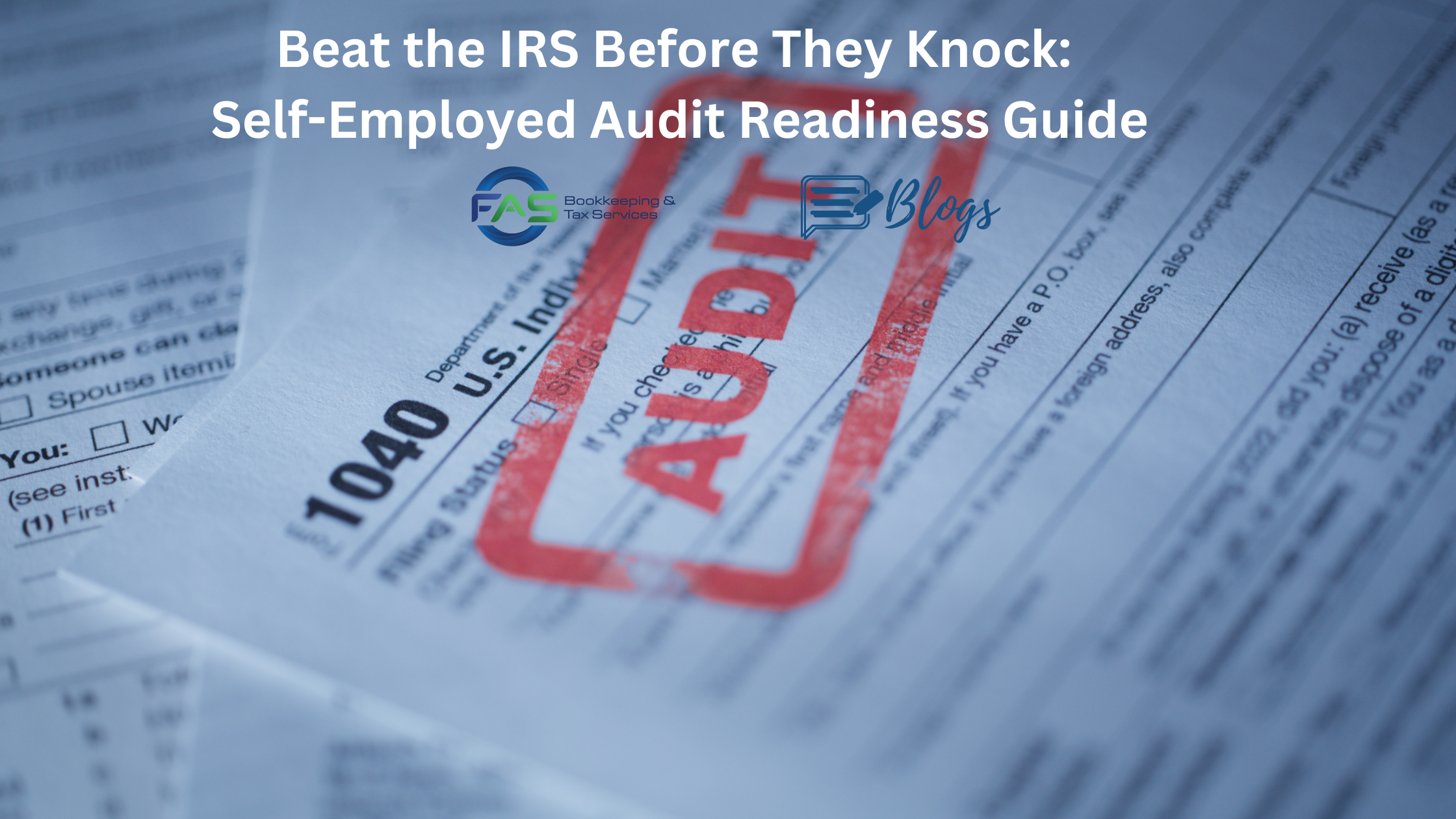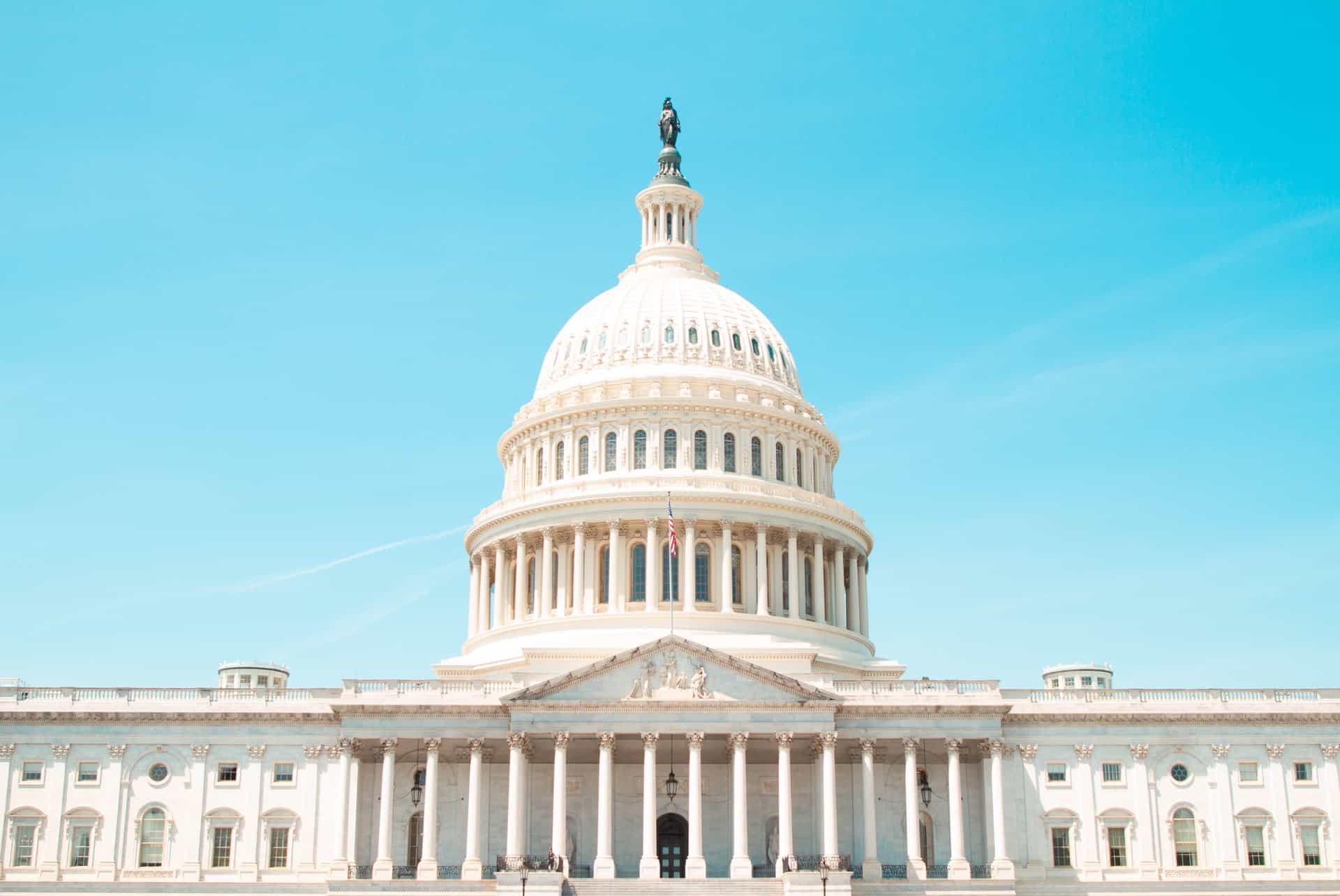Signed into law on March 11, 2021, the American Rescue Plan Act (ARPA) contains several tax provisions affecting individuals and families. Let’s take a look:
Economic Impact Payments (EIP3). A third round of economic impact payments (EIP3) will be sent to qualifying taxpayers; individuals will receive $1,400 ($2,800 for married taxpayers filing jointly) plus $1,400 for each dependent, which includes college students and relatives who can be claimed as dependents. These payments are sent out as advance payments of the recovery rebate credit. Anyone not receiving EIP3 will be able to claim the recovery rebate credit when they file a 2021 tax return next year. There are specific income phaseouts, and eligibility is determined using a taxpayer’s 2019 adjusted gross income unless the taxpayer has already filed a 2020 return. For more information, see, Economic Impact Payments: Round Three, below.
Student Loan Debt Forgiveness. Normally, canceled debt – including student loan debt – is considered taxable income and taxed as such. Under the ARPA, however, for eligible loans, the discharge of student loan debt – either full or partial – will not be viewed as taxable income for tax years 2021 through 2025. Eligible loans are those that have been used solely for post-secondary education and that are made, insured, or guaranteed by the US government.
COBRA: Continuing Health Coverage. ARPA requires employers to subsidize at 100 percent premiums paid for COBRA continuation coverage for assistance eligible individuals (AEIs) and is in effect for the period April 1, 2021, to September 30, 2021. Employer costs for the subsidy are offset by a payroll tax credit against the employers’ quarterly taxes. Employers whose credit is greater than the amount of payroll tax owed receive a refund when they submit Form 941, Employer’s Quarterly Federal Tax Return.
Unemployment Benefits. A $300-per-week supplement to federal unemployment benefits that would have expired March 14, 2021, is now extended through September 6, 2021. ARPA also gives eligible taxpayers a special tax break for 2020: the first $10,200 in unemployment benefits is tax-free for taxpayers whose income is less than $150,000 per year. For more information about this topic see, Q & A: the $10,200 Unemployment Tax Break, below.
Child Tax Credit. ARPA includes several important changes pertaining to families, which are summarized below:
- The amount of the credit is $3,000 per child ($3,600 for children under age 6)
- The credit is reduced by $50 for each additional $1,000 of income above the following threshold limits: $150,000 and up for married taxpayers filing jointly, $112,500 for heads of household, and $75,000 for single taxpayers and married filing separately.
- The amount of child tax credit is to be paid monthly in advance in the amount of one-twelfth of an annual amount estimated by the IRS. Payments begin in July 2021 and continue through December 2021.
Child and Dependent Care Credit. For tax year 2021, the child and dependent care credit is refundable and is a maximum of $4,000 for one qualifying individual and a maximum of $8,000 for two or more. The credit begins to decrease for households whose income exceeds $125,000 – and as much as 20 percent for households whose income is more than $400,000.
Earned Income Tax Credit. Several special rules pertain to individuals without children. For 2021, the age range of workers without children is expanded to include adults ages 19-24 and older adults age 65 and over. Students under age 24 who are attending school at least part-time are excluded. The maximum earned income credit increases threefold and income levels required to qualify for the credit increase from $16,000 to $21,000. Additional changes under ARPA include:
- Allowing taxpayers to temporarily use 2019 instead of 2021 income if that income is greater
- Allowing certain separated spouses to take the credit
- Increasing the amount of investment income that would disqualify a taxpayer from receiving the EITC from $2,200 to $10,000.
Affordable Care Act Premium Tax Credit. For 2020, taxpayers who received premium tax credits in advance that were more than what they should have received will not have to repay the excess amount. It applies to taxpayers who have received, or have been approved to receive, unemployment compensation for any week beginning during 2021.
If you have any questions or would like more information about how recent tax law changes affect your tax situation, contact us today!





